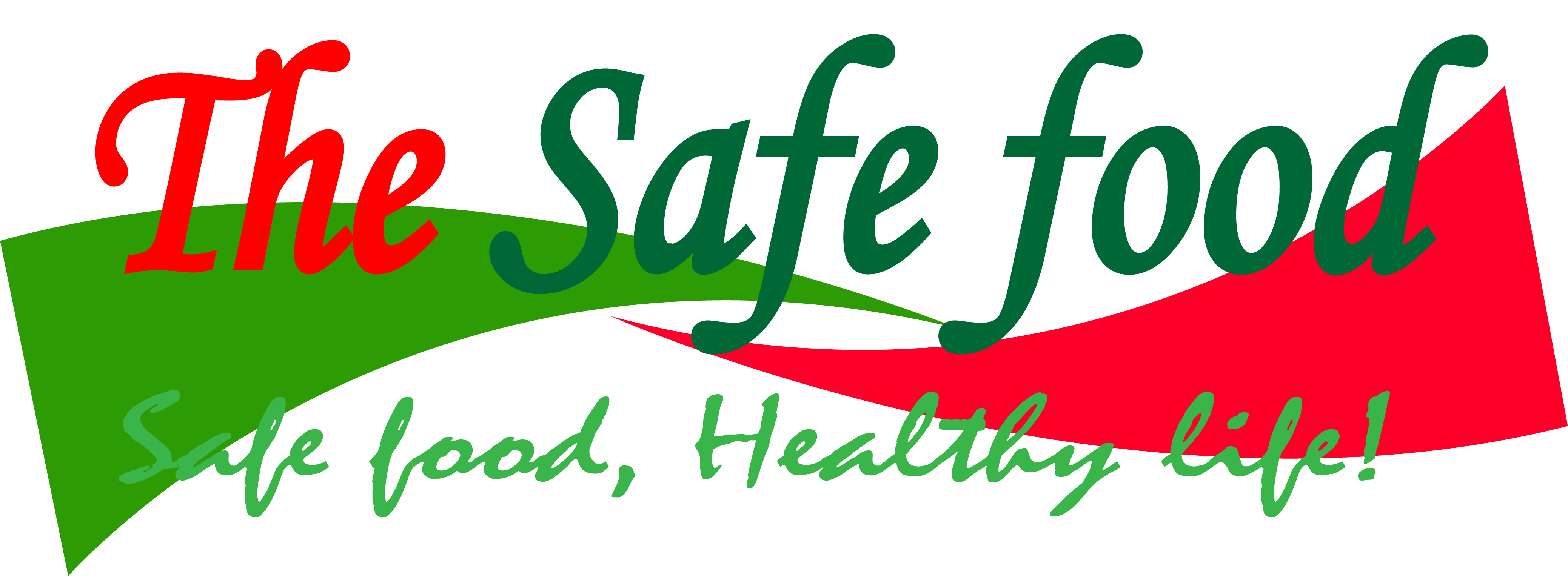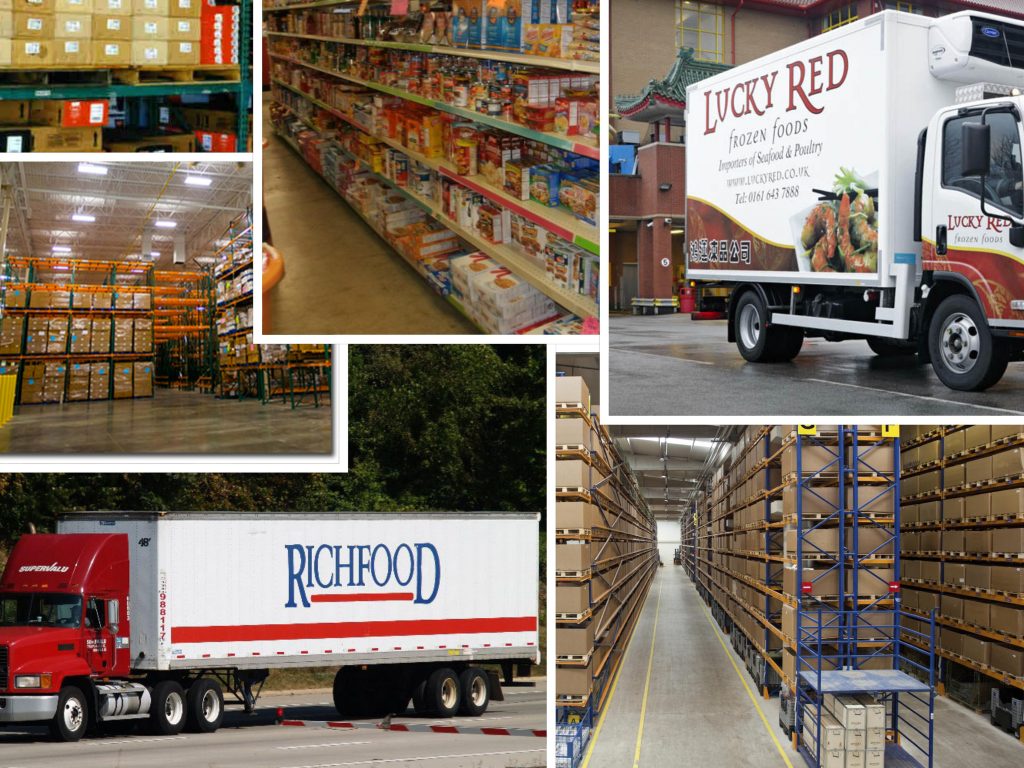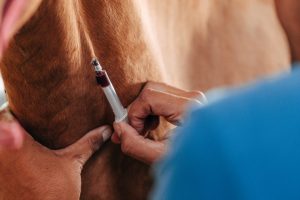Once food products are ready for sale, the distribution chain is initiated to ensure that the food products produced reach the consumers in a condition that is suitable for human consumption. Distribution is not for the finished products but also for raw materials that must reach the food manufacturers in a condition that will enable the production of high-quality products. In other cases, distribution involves the transport of food products from the farmers directly to the consumers or the market. Key to note is that for distribution to be effective, storage practices at the point of origin and the destination must also be checked.
To be able to preserve the quality of food products and prevent potential food safety hazards in food, the distribution chain must be custom made to suit each and every food chain to ensure that the quality and safety of the food is assured. For instance, the meat and milk value chains require refrigeration of the food products during transportation. Systems must be put in place to ensure this is affected, otherwise, spoilage with potential for development of food safety hazard pathogens may occur.
Guidelines on distribution of food
Guidelines have been suggested to help the food industry to ensure that distribution chains are suitable for different food products. The aim is to ensure that the quality and safety of food is assured. These guidelines have been referenced as good distribution practices (GDP).
Good distribution practices (GDP) are the minimum standards that any manufacturer or distributor must meet to ensure that the quality and safety of food products is maintained throughout the food supply chains.
Its important for any distributor to understand the following about the food they distribute:
- What potential food safety hazards can occur in the food during distribution and how can they be prevented
- Can quality of the food deteriorate during distribution and what opportunities are there to maintain the food quality
Thus, a good distribution system must put in place strategies to preserve the quality and safety of food. Verification of the efficiency of such systems must also be put in place to ascertain without doubt that food quality and safety was assured during the distribution process.




